What is an EV
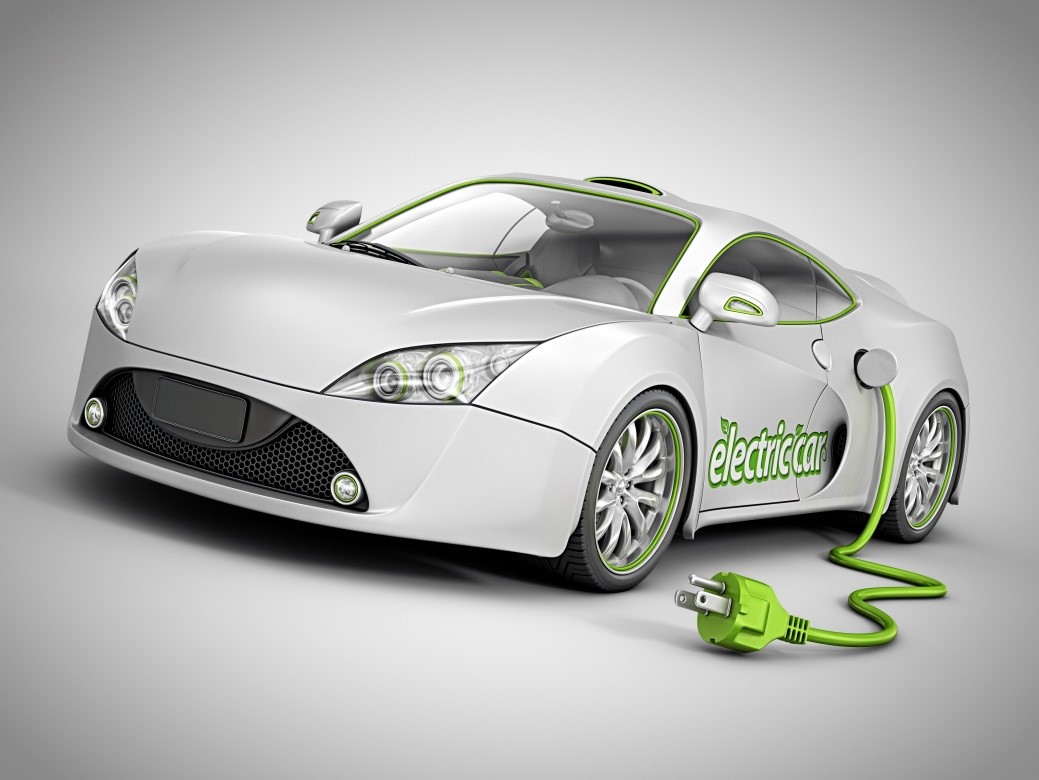
'EV' stands for electric vehicle. They're not just better for the environment – they're also great cars to own and drive.
- With no clutch or gears EVs can accelerate smoothly and quickly so they often feel like you’re driving a sports car.
- A fully electric car has fewer moving parts, so you'll spend less on maintenance.
- They're very cheap to run because you won't use much – or any – petrol or diesel.
- Charge overnight at home – while you're sleeping...
Battery electric vehicles (BEV's) – the quiet ride
An EV that's fully electric runs on a rechargeable battery powering an electric motor. It's defined by what it doesn't have – and doesn't need:
- No petrol, diesel or oil
- No exhaust
- No clutch or gears
- No spark plugs
- No roaring noise or vibrations
There are only around 20 moving parts in an electric engine, compared with nearly 2,000 in an ICE (internal combustion engine), so your EV will need a lot less maintenance. You won't need a tune-up or oil change, and your fully electric car is so quiet you won’t disturb the neighbors' when you come home late or drive out early.
Plug your EV into your home power supply and it fully recharges overnight – enough for an average day's driving in most models. If you're on the motorway or climbing a lot of hills you'll use up your battery faster, but travelling downhill or braking recharges it.
Just like a fuel gauge, your dashboard tells how much battery life there is, and even better, you'll see how many kilometers you can travel. When you drive a fully electric car, you'll have smooth acceleration, quiet travelling, low running costs – and zero emissions. You can enjoy your music and appreciate the scenery without any engine noise or smell to get in the way.
Plug-in Hybrid Electric Vehicle (PHEV) – the best of both worlds
Maybe you like the idea of driving an EV, but if you often travel long distances, a fully electric car may not be quite right for you.
That's where the PHEV comes in – a happy marriage of petrol and electricity lets you do your ordinary town driving using your electric motor, then when you’re on a long trip you have the extra range of a petrol car.
Depending on the model, the petrol engine either turns the wheels, or recharges batteries that power the electric motor doing the work.
There are some disadvantages with PHEVs, compared with fully electric vehicles. Most of these are to do with running the petrol engines. Just like your existing petrol or diesel car, the petrol engine components will need more maintenance, will have engine noise, produce emissions and require the purchase of petrol.
Because they have a smaller battery than a fully electric car, you’ll generally have less battery range in a PHEV so you'll rely more on fossil fuels for longer journeys. This means you only reduce your CO2 emissions by 80% for the time the car is running on the electric battery. However, you can recharge your car's batteries at any power outlet, they still recharge when braking (regenerative braking), and town driving can be emission-free and quiet.
Conventional hybrids – older technology
Plenty of people drive hybrids in New Zealand and they were a fantastic step in the right direction, but they are quite different from electric vehicles.
You can't plug them in, but only fill up with petrol – there is no way to recharge your battery except through the petrol and braking. The battery allows for only up to 2 km in driving, so full electric vehicles and plugs in hybrids a far more efficient and produce far fewer emissions.
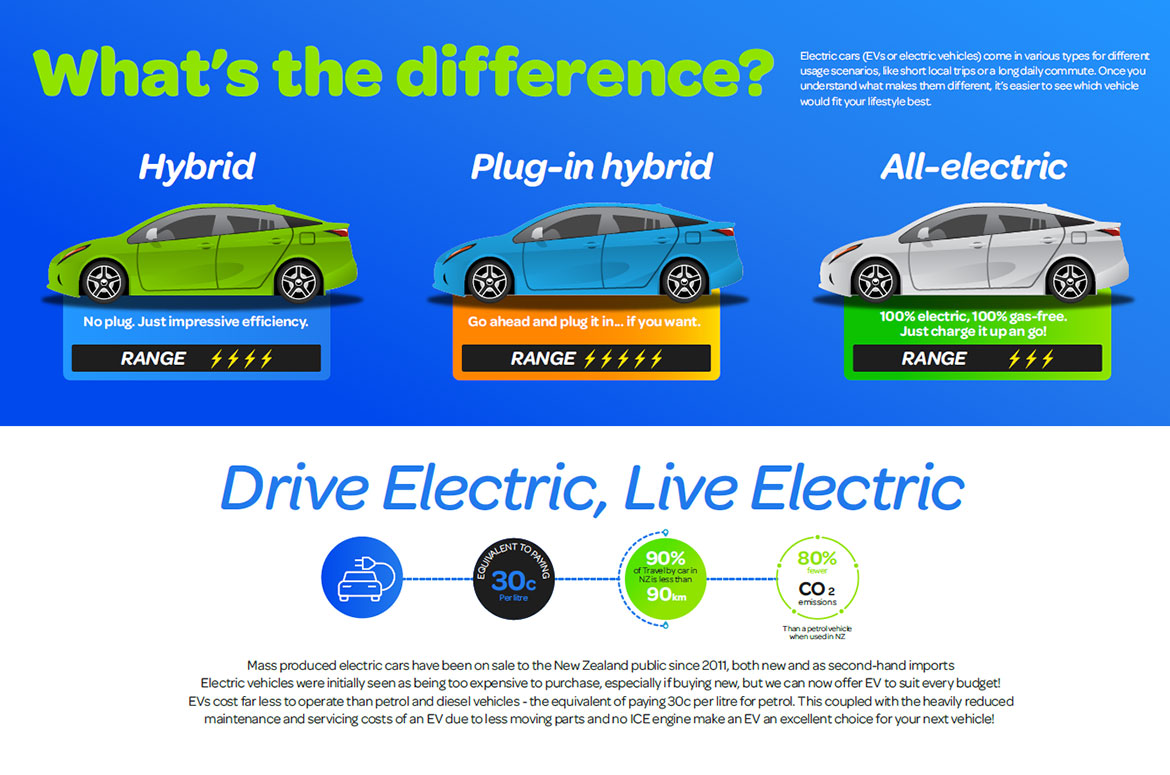
Where will I charge it?
You have a wide range of recharging options for your EV, both at home and on the road.
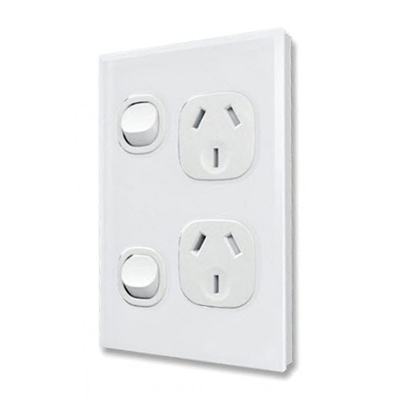
Use your regular socket at home
If you have the right charging cable, you can you use your regular sockets and power supply to slow-charge your car overnight. By taking the correct precautions, this is safe – click here to see EECA's safety recommendations.
Right through your house you’ve got 3-pin sockets to plug appliances into, and there's probably at least one in your garage. Depending on the size, from completely empty your battery will take about 12 hours to be fully charged with an ordinary 8-10 amp power outlet. You can find an 8-amp EV charging cable at Drive Electric member juicepoint.co.nz. It's always a good idea to get installation advice from a registered electrician. Depending on the age of your house and the condition of the wiring, you may need a separate line from the fuse box and/or a charging unit to keep your family safe.
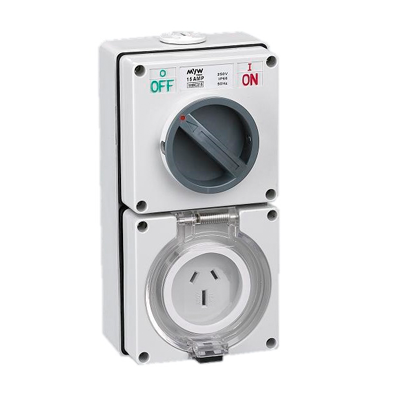
No garage? Faster charge?
Maybe you don’t have a garage and you need an outside power point installed, or you might want faster charging. An electrician can quickly install a 15 amp socket, with a waterproof casing if need be.
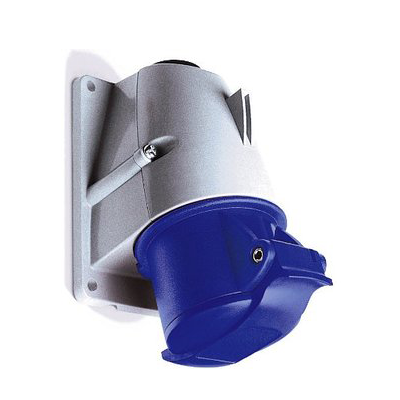
Charging on the go
When you're travelling or camping, you'll find that most campgrounds use the 16 amp Blue Commando. With a portable charging cable and plug (that correctly match the socket) you can charge up anywhere around the country. You might even want this socket installed at home – they're tough and long-lasting, great for outdoor conditions.
Because they draw as much power as an oven they'll need heavier wire and their own circuit breaker on your switchboard. The advantage – your car battery will take 4-8 hours to charge depending on the model. Check out bluecars.nz for Blue Commando equipment.
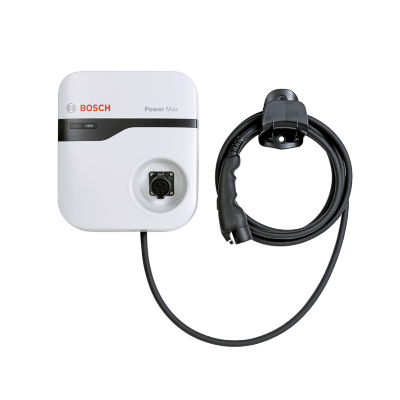
Go fancy to get going faster
Save time attaching and stowing cables, charge faster at higher currents, and get information on your smart phone by installing a dedicated, wall-mounted charger. The cable is attached to the unit, with a specific plug to fit your car.
If you have an EV with a large battery, able to support the higher kWh charging speed (16-40 amp), this could be the charging option for you.
Find out more about wall-mounted chargers at charge.net.nz.
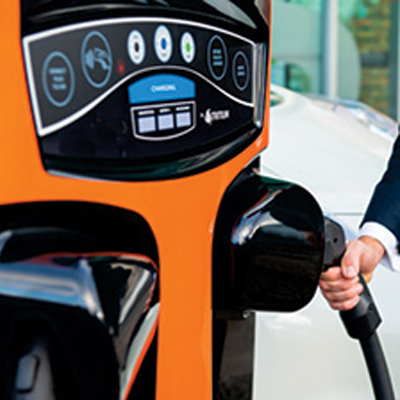
Ever-expanding charging network
There is an ever growing nation-wide network of rapid DC chargers, at power levels between 22kW and 50kW – compared with your average 2.2kW at home. This means you can recharge on the go in less than half an hour, instead of overnight.
40 sites exist already in New Zealand, with plans to increase this to over 100 over the next couple of years. These rapid DC chargers can be found at various locations, including some petrol stations (BP and Z) and shopping locations. These are places you might visit for half an hour anyway so you can recharge while you are doing other things. You will be able to recharge your EV and do your shopping at the same time.
Plugshare.com is a website and a Mobile App that you can download, which lists where all the public chargers are. Similarly, you can view a map of planned stations from charge.net.nz or download Vector’s new Mobile app for locations and live status information (available for iOS and Android).
The Cost of an EV
Up front and down the line
Even though EVs can be more expensive to buy, they're far cheaper to run and maintain than petrol cars.
Someone travelling the NZ average of 12,500km every year would spend about $2500. If they were driving an electric car they'd pay only about $500. That's a significant windfall for the household budget.
What it will cost you to run your EV depends on:
- The cost of electricity (a ChargeNet site costs about 25c per minute plus 25c per kWh, or stay home and charge all night for $1)
- The amount of driving you do
- The kinds of driving you do – hills, fast motorways, ambling country lanes?
The Cost of Power
If you drive an average of 25-30km a day (like most Kiwis), the cost of charging an EV is equivalent to paying 30c per litre for petrol.
You can charge your EV while you sleep for about $3.00 per 100km, depending on the model. A fast charge can cost up to $10 for 100km, and takes about 20 minutes.
For an average daily drive you won’t be using all your battery power, so it could cost $1.00 to recharge the next night. That’s $15 a fortnight – or less.
Then there's maintenance
A fully electric EV has only around 20 moving parts. It doesn't need oil or grease, and it hardly ever needs servicing.
A vehicle with an equivalent combustion engine (one powered by fossil fuel) has approximately 2,000 moving parts, all of which need oil and/or regular servicing.
What about gears?
A vehicle with an internal combustion engine (ICE) is far more complex. It has a clutch and gears, plus special oil if the system is automatic. It needs regular servicing.
An EV doesn't have a clutch or gears to service.


